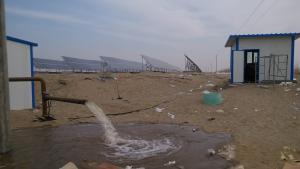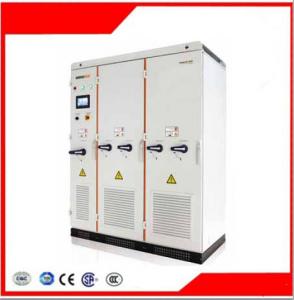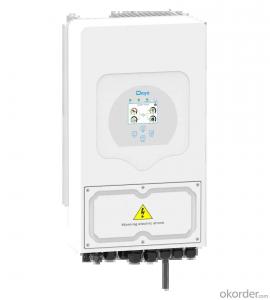Eeprom Failure Solar Inverter
Eeprom Failure Solar Inverter Related Searches
Solar Edge Inverter Failure Faulty Solar Inverter Gfci Failure Solar Inverter Solar Inverter Relay Failure Broken Solar Inverter Solar Inverter Broken Solar Inverter Fault Light Fault Light On Solar Inverter Arc Fault Solar Inverter Epever Solar Inverter Easun Solar Inverter Easun Power Solar Inverter East Power Solar Inverter East Solar Inverter Eaton Solar Inverter Empower Solar Inverter Solar Inverter Replacement Solar Inverter Not Charging Solar Farm Inverter Solar Pro Inverter Solar Electric Inverter Solar Energy Inverter Power Solar Inverter Ecostar Solar Inverter Solar Energy Power Inverter Exide Solar Inverter Solar Edge Inverter Problems Ae Solar Inverter Inverter For Solar Farm Enphase Solar InverterEeprom Failure Solar Inverter Supplier & Manufacturer from China
Eeprom Failure Solar Inverter is a crucial component in the solar energy industry, designed to convert the direct current (DC) produced by solar panels into alternating current (AC) that can be used by homes and businesses. This advanced technology ensures efficient energy conversion and reliable performance, making it an essential part of any solar power system.The Eeprom Failure Solar Inverter is widely used in various applications, including residential, commercial, and industrial settings. It plays a vital role in harnessing the power of the sun and converting it into usable electricity, reducing reliance on fossil fuels and promoting sustainable energy solutions. In addition to its primary function, this product also helps in monitoring and managing the energy output, ensuring optimal performance and efficiency.
Okorder.com is a leading wholesale supplier of Eeprom Failure Solar Inverter, boasting a large inventory to cater to the diverse needs of customers worldwide. With a commitment to quality and customer satisfaction, Okorder.com offers competitive prices and reliable service, making it the go-to source for solar inverter solutions.
Hot Products










































